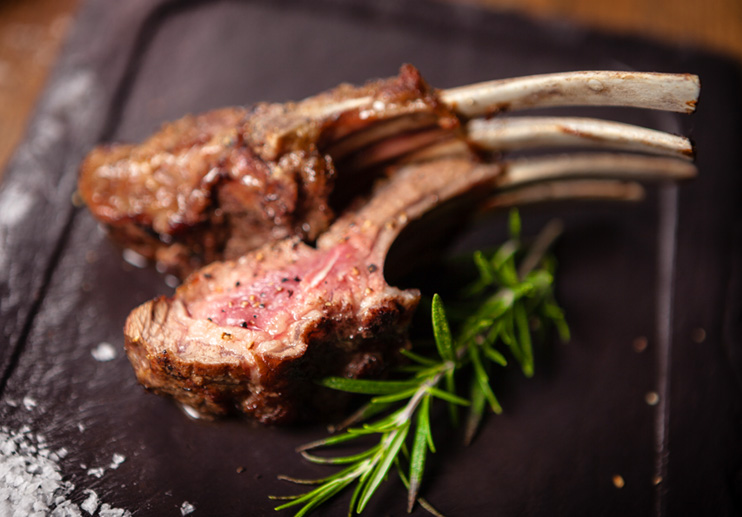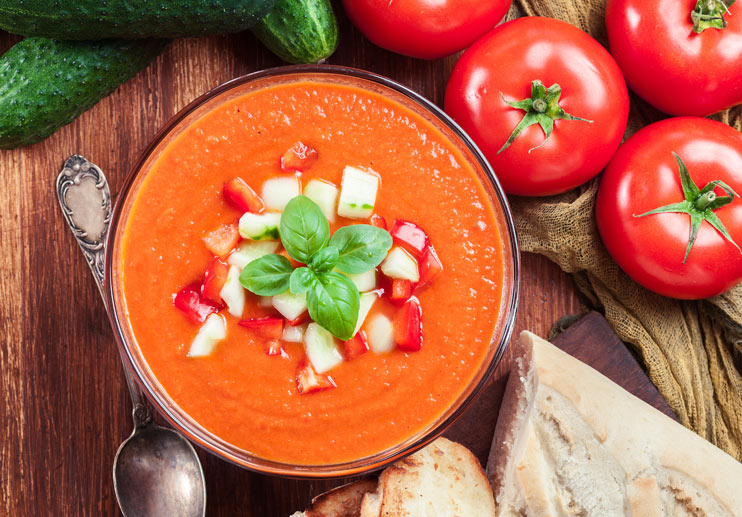The province of Aragon in northeastern Spain (between Barcelona and Madrid) is known for its lean and tender lamb. Lamb cooked in clay ovens is a specialty, in fact, of a Spanish restaurant chain called Asador de Aranda. In the meantime, satisfy your lamb cravings with this easy-to-prepare rack of lamb flavored with garlic, rosemary, and fresh extra virgin olive oil.
Ingredients
- 2 racks of lamb (each with 8 bones), frenched
- 6 large cloves garlic, peeled and coarsely chopped
- 1/4 cup extra virgin olive oil, plus more for serving
- 1/4 cup fresh rosemary needles, plus extra sprigs for garnish
- 1 tablespoon balsamic vinegar or fresh lemon juice
- Coarse salt (kosher or sea) and freshly ground black pepper
Directions
Step 1
Line a rimmed sheet pan or shallow roasting pan with foil.
Step 2
In the bowl of a small food processor, combine the garlic, olive oil, rosemary, and balsamic vinegar. Pulse to finely chop the garlic and rosemary. Coat the lamb on all sides with the mixture. Season generously with salt and pepper.
Step 3
Arrange the racks of lamb bone side down on the sheet pan or roasting pan. Allow the lamb to stand at room temperature for one hour.
Step 4
Preheat the oven to 450°F and make sure the oven rack is in the middle. Roast the lamb for 20 to 25 minutes (for medium-rare), or until the internal temperature reads 125°F. (Roast the lamb longer if you prefer it more done.) Loosely cover the lamb with aluminum foil and allow it to rest for 15 minutes. Carve into individual chops before serving. Garnish with rosemary sprigs, if desired, and serve with additional olive oil.
Serves 6 — Recipe courtesy of the Fresh-Pressed Olive Oil Club




